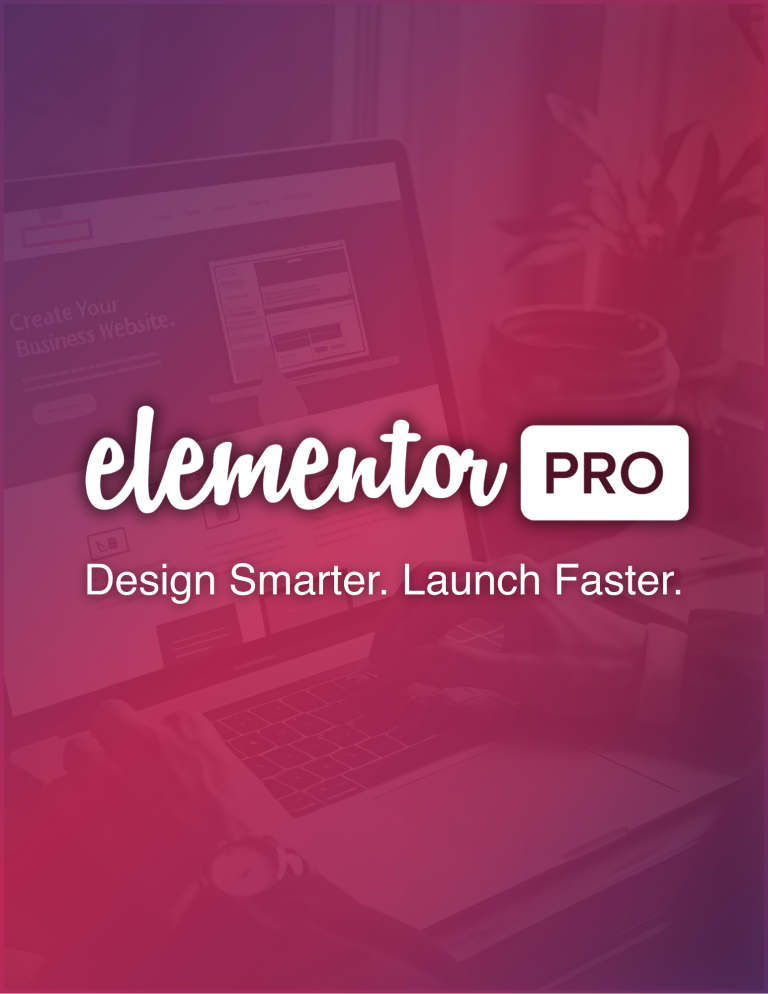You’re a member of Toastmasters and plan to start getting paid to speak. One of the most important personal branding tools for becoming a highly paid speaker is an excellent website with regularly updated content. In this article, we’ll share tips on how to start a professional blog for public speakers.
When you hear the word “blog,” you might picture someone sharing personal stories or daily thoughts online. But today’s blogs aren’t online diaries. They’re powerful content hubs that build authority, attract clients, and create lasting influence. If you’re looking to start a blog for public speakers, you’re not just writing—you’re building a platform that showcases your expertise, attracts event planners, and helps you get booked. News Wire Magazine, established in 1997, is a perfect example. It’s a professional, high-traffic blog, built on strategies we’ll explore right here.
Domain, Hosting, and Recommended Stack for your Professional Speaker Blog
First, choose your domain wisely. Your name or brand as a Top-Level Domain (TLD) is crucial. A TLD is the last segment of your domain, like .com, .net, or .org.
Next, start with managed WordPress hosting for ease of use. Managed hosting providers handle maintenance and security, making them ideal for beginners. When traffic grows significantly, upgrading to a Virtual Private Server (VPS) will be beneficial.
Here’s the ideal setup for a professional blog for public speakers:
- WordPress: The world’s leading content management system (CMS).
- AMP-Friendly Theme with Child Theme: AMP (Accelerated Mobile Pages) ensures fast loading on mobile. A child theme enables safe customizations without modifying the parent theme’s code.
- Elementor Pro: A powerful, visual drag-and-drop page builder.
- RankMath Pro: A leading SEO plugin simplifying search engine optimization.
- Advanced Custom Fields (ACF): Allows custom dynamic content without extensive coding.
Pages vs. Posts – Key Differences for Speakers’ Websites
-
- Pages are static and rarely change (About, Contact, Services).
- Posts are dynamic and categorized content. Posts enhance SEO, reader engagement, and drive consistent traffic to your blog for public speakers.
Create Your SEO-Friendly Category Structure First
SEO (Search Engine Optimization) is critical for visibility. Create your blog categories first, even if they’re initially empty. Your blog categories form the backbone of your website structure and help you rank faster on Google.
If you’re building a blog for public speakers, consider categories like keynote speaking, storytelling tips, audience engagement, speaker marketing, and stage presence.
Example URL structure used by News Wire Magazine:
- Main Category News Wire Magazine • Topics:
https://news-wire.com/magazine/- Coaching & Consulting Category:
https://news-wire.com/magazine/coaching-consulting/ - Entrepreneurship Category:
https://news-wire.com/magazine/entrepreneurship/ - Public Speaking Category:
https://news-wire.com/magazine/public-speaking/
- Coaching & Consulting Category:
Each category page should feature an SEO-rich introductory article and dynamically display related posts below. Interlink categories and posts strategically for better SEO.
Essential SEO Practices for Public Speakers’ Blogs
Use RankMath Pro to optimize your blog easily:
- Focus on long-tail keywords, specific phrases that visitors are likely searching (e.g., “public speaking tips for beginners”). Tools like Google Autocomplete and AnswerThePublic help find these.
- Include keywords naturally in headings, content, image alt text, and meta descriptions.
- Create internal anchor links—links within your site that help visitors navigate quickly, such as “#CTA” to jump directly to your Call to Action.
For example, this text is linked to the #CTA section of this template, using the CSS ID “CTA”.
When clicked, your screen will scroll to the Call To Action: Use Elementor Pro to build your speaker website! ← Click it after hovering over the link to see the URL it’s pointing to!
Monetize Your Speaker Blog With Clear, Strategic CTAs
CTAs (Calls to Action) convert readers into clients. Your CTA should align with your goals:
- If you’re booking speaking gigs, use Calendly links for discovery calls.
- Sell books or courses through direct purchase links.
If you’re building your blog for public speakers, every blog post should offer a logical next step. What do you want your reader to do next?
Advanced Custom Fields (ACF) allow dynamic CTAs. For example, on our TV series website, Success, Motivation & Inspiration, we automatically customize the call-to-action (CTA) based on the guest’s information.
If a guest hasn’t paid for a magazine cover feature yet, we show a default CTA promoting general content. This way, we either monetize each episode or drive additional traffic/SEO boost to our main News Wire Magazine site.
For example, we recently interviewed SEO expert Jason Hennessey of Hennessey Digital on Amazon Fire TV.
“Read about other leaders like Jason Hennessey in News Wire Magazine! Jason hasn’t been featured on the cover yet, but when he is, look for his story on billboards nationwide.”
If they pay for a cover feature, the CTA dynamically updates to feature their image and specific CTA!
Professional Blog Design: Set It Once, Publish Forever
Using Elementor Pro Theme Builder, create site-wide designs like headers, footers, and blog layouts that automatically apply to every post and page. Generate a brand-consistent color palette and readable typography. Ensure your design is mobile-responsive, ADA-compliant, and GDPR-friendly (European privacy standards).
Great design matters on a blog for public speakers. You’re building authority with every visual element—from your headline font to your CTA button.
Keep Your Job Simple: Focus on Content
Hire skilled professionals if possible. Your blog should be easy to manage. You provide value—let experts handle design, coding, and technical SEO.
We may spend a couple of hundred hours developing your perfect speaker website that allows you to paste a YouTube URL into the video field of your post, but that could save you 30-45 minutes for every single post you ever create, and it will look flawless every single time (no coding or formatting needed).
If you aren’t in a position to hire a team of developers, you can manually manage this process for every post.
Build Authority and Attract Speaking Opportunities
A professional blog for public speakers attracts attention. Event hosts typically hire speakers who already have a visible online presence. Your blog serves as proof of credibility.
I’ve been quoted on various podcasts & at speaking engagements saying,
“They can’t do business with you if they can’t find you.”
Final Tip: Own Your Traffic
Never exclusively rely on platforms you don’t control. New podcast hosts are often a great example of this mistake, sending their listeners to a platform they don’t own, such as Spotify, Pandora, and YouTube, instead of a domain you own like, https://YourName.com/podcast/
Publish content on your own domain first. Embed the video or podcast URL from YouTube or another platform into your landing pages. Control your online presence and secure your audience for the long term. Why would you promote a platform you don’t own or control?
Your Blog is a Gateway to Speaking Opportunities
A blog for public speakers isn’t just a journal or online diary—it’s a content hub that drives authority, income, and opportunities. Start building yours today, using the same proven strategies that built global brands like News Wire Magazine and Success, Motivation & Inspiration.
Ready to start? Get professional assistance or learn more about building your content powerhouse—your next big opportunity is just a blog away.



